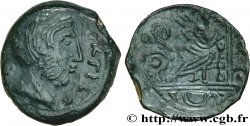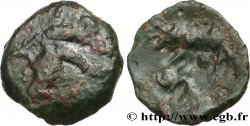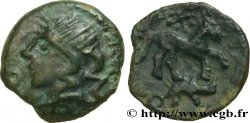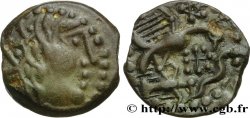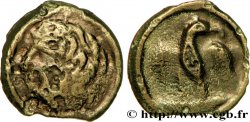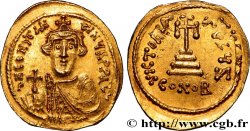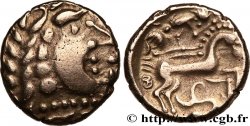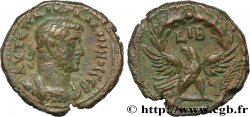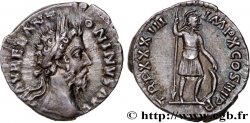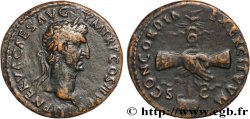Live auction - bga_612757 - GALLIA - CARNUTES (Beauce area) Huitième de statère d’or à l’aigle, à la mèche tombant sur le front
You must signin and be an approved bidder to bid, LOGIN TO BID. Accounts are subject to approval and the approval process takes place within 48 hours. Do not wait until the day a sale closes to register. Clicking on "BID" constitutes acceptance of the terms of use of cgb.fr private live auctions.
Bids must be placed in whole Euro amounts only. The sale will start closing at the time stated on the item description; any bids received at the site after the closing time will not be executed. Transmission times may vary and bids could be rejected if you wait until the last second. For further information check the Live auction FAQ
All winning bids are subject to a 18% buyer’s fee.
All winning bids are subject to a 18% buyer’s fee.
| Estimate : | 2 000 € |
| Price : | 1 250 € |
| Maximum bid : | 1 250 € |
| End of the sale : | 08 September 2020 15:33:43 |
| bidders : | 2 bidders |
Type : Huitième de statère d’or à l’aigle, à la mèche tombant sur le front
Date: Ier siècle avant J.-C.
Mint name / Town : Chartres (28)
Metal : gold
Diameter : 9,5 mm
Orientation dies : 3 h.
Weight : 0,94 g.
Rarity : R3
Coments on the condition:
Très bel exemplaire de style fin au revers. Joli droit présentant une tête inhabituelle
Obverse
Obverse legend : ANÉPIGRAPHE.
Obverse description : Tête à droite, la chevelure en grosses mèches.
Reverse
Reverse legend : ANÉPIGRAPHE.
Reverse description : Aigle à gauche tenant un objet ovale avec deux globules dans ses serres.
Commentary
Sur les quatre huitièmes de statères illustrés dans le Nouvel Atlas, cette monnaie correspond au DT. S 2568 B, avec ce même style de droit et un revers identique.
Ce rare monnayage divisionnaire d’or est bien mieux connu depuis la parution de l’article de N. Manios dans les Cahiers de la SENA n° 190 de décembre 2011 “Les huitièmes de statère à l’aigle carnutes”.
C’est la première fois que nous présentons ce type à la vente !.
Ce rare monnayage divisionnaire d’or est bien mieux connu depuis la parution de l’article de N. Manios dans les Cahiers de la SENA n° 190 de décembre 2011 “Les huitièmes de statère à l’aigle carnutes”.
C’est la première fois que nous présentons ce type à la vente !.







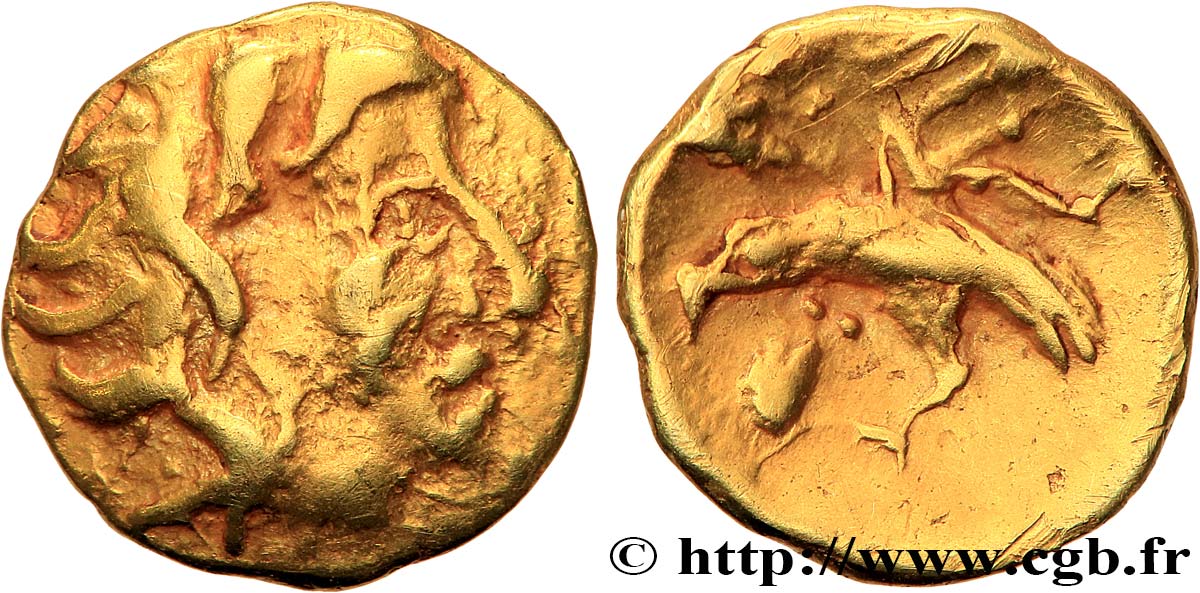
 Report a mistake
Report a mistake Print the page
Print the page Share my selection
Share my selection Ask a question
Ask a question Consign / sell
Consign / sell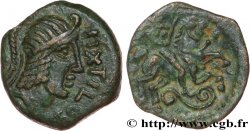
 Full data
Full data